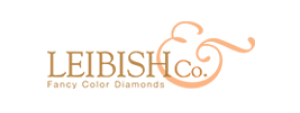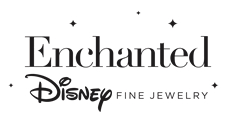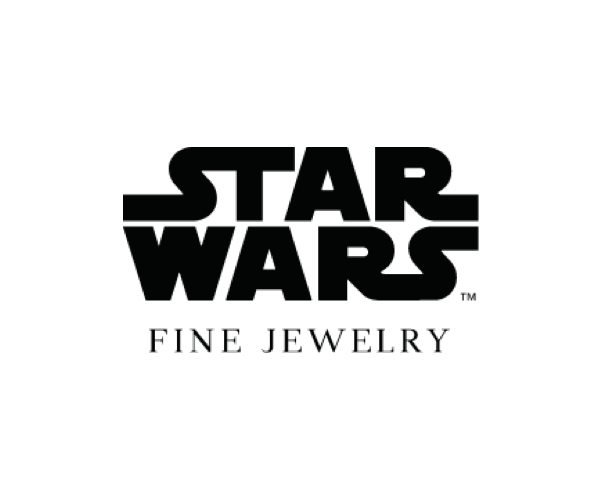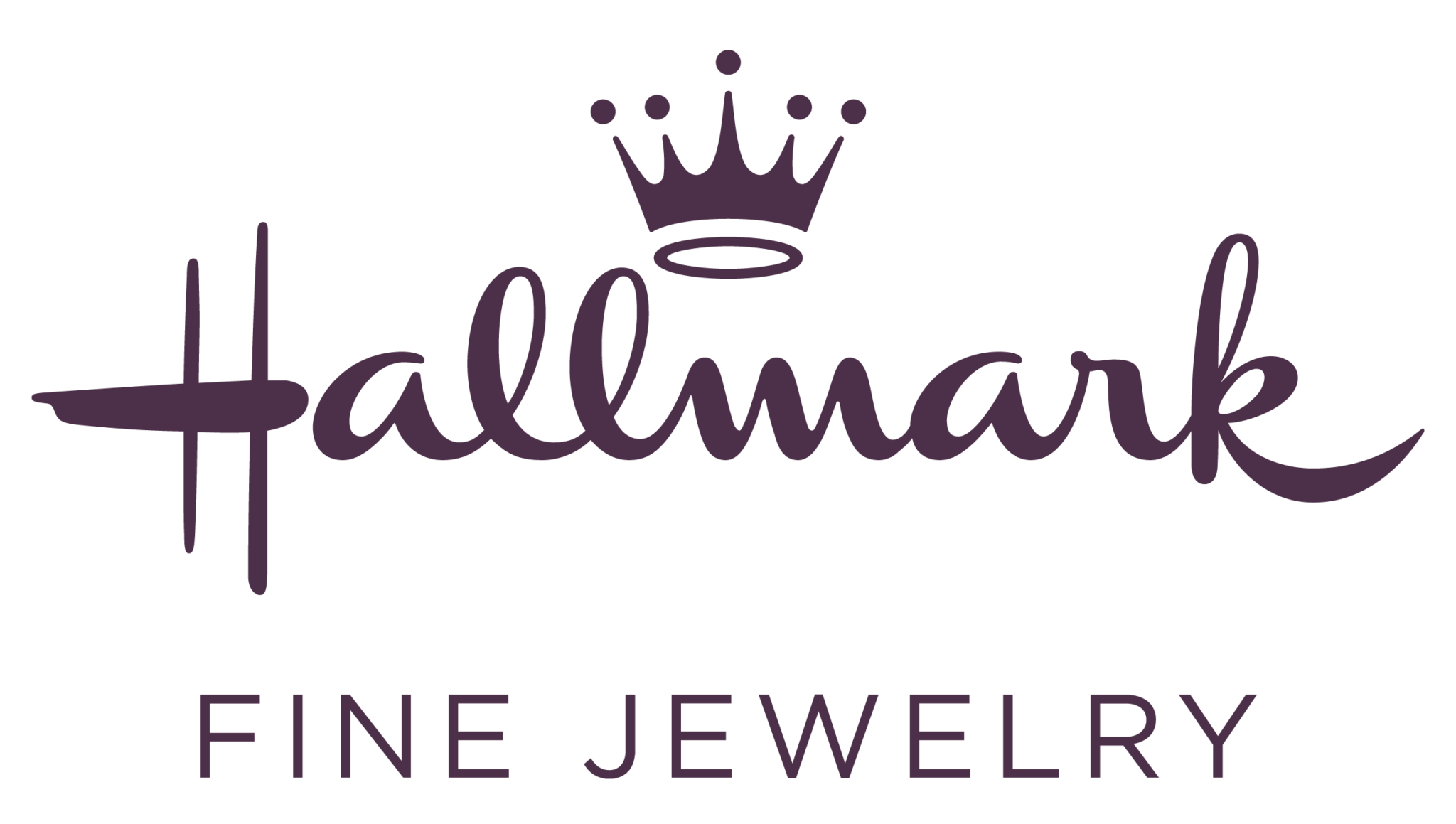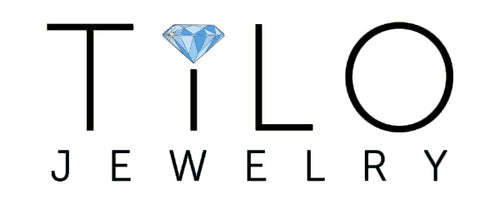The eCommerce world becomes more integrated into the jewelry business. However, eCommerce is not something to simply “try-out”; it’s a strategic move and should be well-thought-out. It requires preparation and planning before starting. Also, it should be done as an extension of your existing offline business, and not as a separate entity.
The right way of entering the eCommerce world is not equal for everyone. A small, mom-and-pop’s store will go about it differently than a retailer or a manufacturer. There is no one eCommerce strategy for all, and how you enter the online market depends on a number of factors. Let’s take a look at a few of them.
So how do you profile a jewelry business starting the jewelry eCommerce?
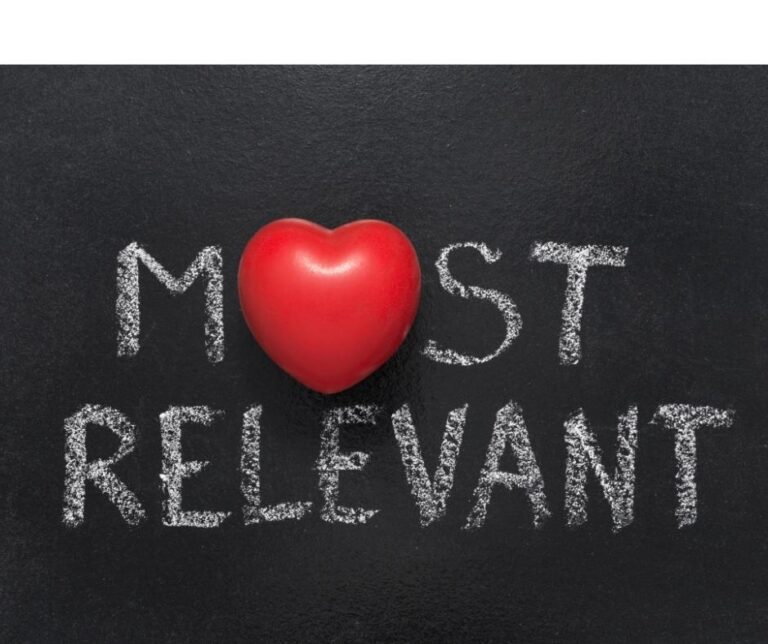
Relevancy
Relevancy means matching our jewelry offering with the marketplaces needs. For that, we need to consider 3 factors:
A. Product line match
Understand where your products are relevant and where they aren’t. Here are some examples:
- US customers generally look for 14k gold jewelry, while UK buyers are most interested in 18k gold.
- Treated diamonds’ are still relevant for eBay (even though their popularity is going down), but are not allowed on Amazon.
- Moissanite, a common alternative to diamonds, belongs on Etsy or Amazon Handmade
- Fashion jewelry is best suited on Bonanza, Etsy or Overstock.
B. Price range
Study each marketplace for the right price point. For example, eBay, Etsy, and Sears work great with items listed at $4,000 or more. For Walmart, you would stay below the $3000 range, while on Amazon, most jewelry prices are below $800, or in the high-end luxury jewelry price range above $20,000. Bonanza will be more relevant for fashion jewelry below $250.
C. Loose diamonds and gems
If your business is active in a B2B sphere (meaning you sell mostly as a wholesaler) check Rapnet, Idex, Polygon or newer B2B marketplaces like UNI and GemFind. As a B2C business – eBay, Etsy, or Amazon will be more relevant.
Business Scale
As a big brand, you should be on global markets. While for a one-man show, a niche market may be better. With a large product line, it’s easier to go global; but with only a few items in the store, you have no business going to eBay or Amazon. Etsy or Bonanza should be your goal instead.
Here are a few other points to consider:
- Custom jewelry and Jewelry customization – doable only on niche marketplaces
- Budget – global marketplaces require higher budgets (primarily for marketing because of the competition with higher scale players)
- Design – generic/classical jewelry designs perform best on a global market, while fancy or unique designs are best suited for niche markets
- Production – Mass Production belongs to GLobal markets, while Handmade/ One-of-a-kind jewelry has more chances on niche marketplaces
- Stone Shapes – While global marketplaces require more classical round shapes, fancy shapes will find their target audience on niche jewelry sales channels
Logistics
The main components in logistics are handling time, fulfillment, and returns. Logistics is critical for global markets, as they are focused on moving merchandise quickly. It is less important on niche marketplaces – buyers on marketplaces like Etsy, 1stdibs, Catawiki are more willing to wait longer for the jewelry they love. For example, on Etsy, the delivery time could be up to four weeks whereas, on eBay, you will barely get spotted by the algorithm if you don’t provide five-day or quicker shipping.
When looking at each of the logistics components, do you have established, effective processes? If not, large platforms, like Amazon FBA and Walmart WFS, can offer these logistics services. And BTW, around 80% of Amazon’s sales are FBA-serviced.
On a long term, external fulfillment services are quite inevitable if taking eCommerce seriously, almost in all types of jewelry. Even with diamond jewelry. But it requires very serious inventory, which means budgets. Therefore, if you’re just starting the eCommerce operation, a more balanced solution is partial fulfillment. Start with using the external fulfillment solutions for your cheaper items and quick-sellers, or just for returns, and expand gradually.
Localization
Buyers prefer to shop locally. In fact, even before the pandemic, there was a “home bias” toward purchasing close to one’s home. Localization can mean both a nearby physical store as well as offering your products in different languages. Overall, depending on the category, local shopping makes up around 20 to 40% of all purchases.
An important benefit of localizing your jewelry is that it makes them stand out from the crowd, and allows approaching more requiring sales channels. Which results in lower competition and thus higher margins.
Here are a few examples of local markets for different countries:
- USA – Sears, Walmart
- UK – Amazon UK
- India – eBay India, Flipkart
- China – Tmall
- South America – MercadoLibre
- Israel – Marmelada

Where are you right now? Based on your answer to this question, you can plan your next move. Here are a few examples of what would be a relevant use of the online world for different types of jewelry businesses.
A. Offline to Online
The first step would be to establish some kind of online presence. The idea is to shorten your sales chain.
Digitize your catalog. Get on a marketplace. Put up a functional website, as quickly and simply as possible. Done is better than perfect. You can revise everything later on.
B. B2B to B2C
Switching from sole wholesale operations to retail could drastically increase your profits, from a common 5% to 20%-30%. eBay is the best platform to combine these two business models.
C. Single-channel to Multi-channel
If you already have an online channel, additional sales channels (a branded website, a marketplace, or social media) are your next step. Marketplaces are great for generating immediate sales and as a traffic source to your website without a huge PPC budget. Social shopping and presence help you engage with your target audience and customers.
D. Multiple Channels and Beyond
If you already run multiple online sales channels, focus on improving your performance.
Add more dynamic to your jewelry’s online presence. Some of the ways to do this:
- Seasonal titles rotation
- A/B testing with multiple offers
- Refresh content continuously
Stress the Cross-channel approach – create synergy between channels. Use email/social marketing. For example, from a Facebook page, you could be pointing people to your website and vice versa. Add focus to your website, as your main online asset, and is critical for your brand image and brand awareness.
Conclusion
Overall, getting started with eCommerce takes some time, effort, and resources. But the most important part is to simply get started. You can adjust your strategies along the way. For now, get on there and take advantage of this world full of opportunities.




